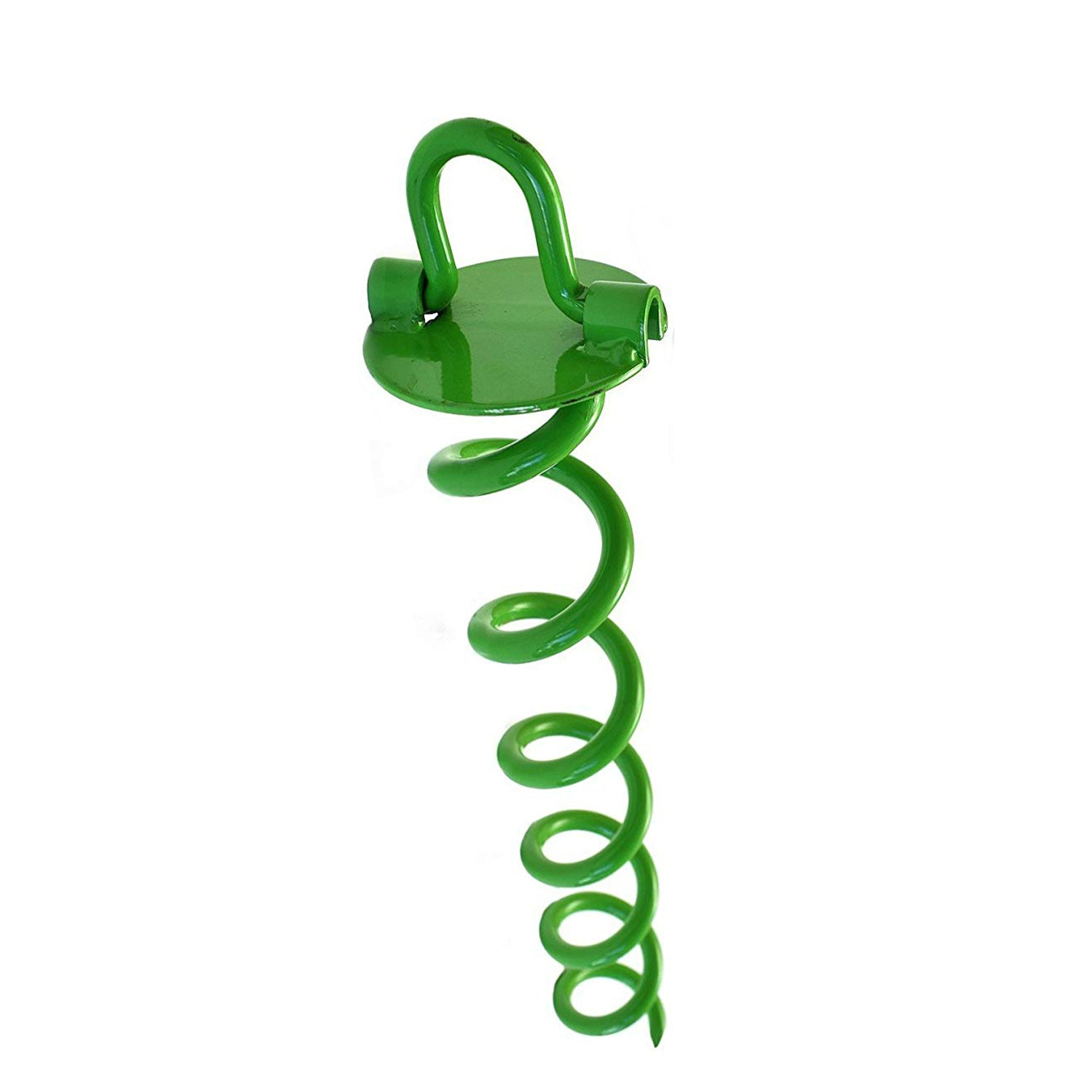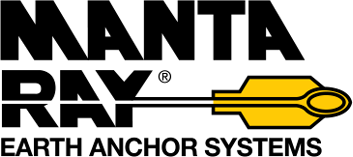Check Out the Various Kinds Of Ground Support for Your Following Task
When starting a construction or landscaping project, understanding the various kinds of ground supports available is essential to making sure both security and sturdiness (Ground Anchor). From auger supports, which master diverse soil conditions, to stake supports developed for momentary installations, the options are numerous. Additionally, concrete and screw supports present distinct advantages in details scenarios, while deadman anchors are customized for applications needing resistance to lateral forces. The choice of a proper anchor type can considerably affect the overall success of your job, prompting further expedition into their corresponding benefits and applications.

Auger Anchors
Auger anchors are a prominent selection in different construction and landscape design projects as a result of their one-of-a-kind design and effective anchoring capabilities. These anchors consist of a helical screw-like shaft that is driven right into the ground, allowing for a steady and secure hold. The spiral design facilitates easy installation and takes full advantage of resistance versus side forces, making auger supports especially effective in applications such as secure fencing, short-lived structures, and disintegration control.
The installation process of auger supports is relatively straightforward. They can be manually or mechanically set up, relying on the dimension and needed deepness. This flexibility enables for their use in varied dirt conditions, from sandy to clayey terrains. Auger anchors can be conveniently gotten rid of and recycled, which includes to their cost-effectiveness and sustainability.
Among the significant benefits of auger anchors is their capacity to disperse tons equally throughout the bordering dirt, reducing the risk of soil disturbance and decreasing ecological impact. In addition, they are less susceptible to heaving or loosening in time contrasted to conventional anchoring approaches. Auger supports are a superb option for jobs needing long lasting and reputable anchoring remedies.

Stake Anchors
When it involves securing structures in a variety of outside applications, stake anchors offer a dependable and uncomplicated remedy. These supports are commonly constructed from durable products such as steel or aluminum, created to hold up against environmental anxieties while giving optimum security. Their simple style enables quick installment, making them an optimal selection for permanent or momentary anchoring demands.
Risk anchors are particularly beneficial in securing tents, covers, and various other lightweight structures against wind and weather condition. They function by being driven right into the ground at an angle, creating a solid hold that resists pull-out pressures - Ground Anchor. The performance of stake anchors relies on a number of aspects, including soil kind, wetness web content, and the angle of setup
For included safety and security, lots of risk anchors come with add-on points for bands or ropes, permitting for tension adjustments as needed. In applications such as landscaping or building, they can successfully support tools or frameworks on unequal terrain. Overall, stake supports offer a versatile and cost-efficient service for protecting numerous outside setups, making them a preferred option for professionals and DIY lovers alike.
Concrete Anchors
Concrete supports provide a robust service for protecting frameworks to concrete surface areas, making certain security and safety and security in numerous applications. These anchors click for source are necessary for tasks varying from residential building and constructions to massive commercial installments. They are available in various types, including development anchors, glue supports, and undercut anchors, each created for details load needs and ecological conditions.
When installed,Growth supports count on mechanical devices to hold the concrete. They are ideal for medium to durable applications. Adhesive anchors use high-strength epoxy or material to bond the support to the concrete, supplying exceptional load-bearing capabilities, specifically in split concrete situations. Undercut anchors develop an one-of-a-kind form within the concrete, giving phenomenal holding power, particularly in applications where tensile lots prevail.
When executed properly, concrete supports dramatically enhance the architectural stability of various jobs, making them important in modern building and construction practices. Recognizing the specific needs of your job will aid in selecting the appropriate kind of concrete anchor for the job.
Screw Anchors

Screw supports are a flexible attaching remedy that can be efficiently used in a variety of applications where typical concrete supports may not be sufficient. These anchors consist of a helical style that allows them to be quickly driven right into the ground, making them excellent for use in soil and various other substrates. Their unique framework gives superb holding power and resistance wikipedia reference to pull-out forces, making them appropriate for various tasks, from landscaping to architectural support.
One of the key benefits of screw anchors is their simplicity of installation. They need marginal devices and can frequently be set up without the requirement for excavation, which saves both time and labor expenses. In addition, screw anchors can be eliminated and recycled, offering a sustainable option for momentary applications.
Screw supports are particularly helpful in locations where soil conditions are challenging, such as sandy or loose soils. Their ability to be mounted at varying midsts allows for personalization based upon certain task needs. On the whole, screw anchors supply a reputable and effective anchoring technique, making them an outstanding selection for professionals and designers looking for efficient options for their tasks.
Deadman Anchors
Deadman supports work as a durable service for maintaining structures in tough conditions, particularly where conventional anchoring methods may fail. These supports contain huge, hefty objects hidden underground, which produce resistance versus side forces. The style typically includes a straight component, such as a block of concrete or a steel plate, buried in the soil, to which bands or cable televisions are affixed.
The effectiveness of deadman supports depends on their ability to disperse lots over a larger location, reducing the risk of failing in unpredictable soil problems. They are specifically useful in applications such as maintaining wall surfaces, short-term frameworks, and incline stabilization, where dirt activity can compromise the stability of the structure.
Setup of deadman anchors needs careful planning to ensure they are placed at the right deepness and positioning, optimizing their load-bearing capacity. While they might call for even more labor and material than lightweight supports, their integrity in adverse conditions makes them vital for here lasting projects. In addition, deadman supports are functional and can be adjusted to different applications, making them a go-to option for engineers dealing with special obstacles in their tasks.
Final Thought
Auger anchors succeed in diverse soil problems, while stake anchors fit short-term applications. For concrete surface areas, growth and sticky anchors supply trustworthy choices, and screw anchors supply convenience in difficult surfaces.
Furthermore, concrete and screw supports present distinct benefits in certain scenarios, while deadman supports are customized for applications calling for resistance to lateral pressures - Ground Anchor.Auger supports are a prominent choice in numerous building and construction and landscaping tasks due to their unique style and reliable anchoring capacities. They come in different types, including expansion anchors, glue anchors, and undercut anchors, each designed for particular tons requirements and ecological conditions
Sticky anchors use high-strength epoxy or resin to bond the anchor to the concrete, providing remarkable load-bearing capabilities, specifically in fractured concrete situations. Generally, screw anchors offer a reputable and efficient securing technique, making them an outstanding option for service providers and designers looking for efficient solutions for their jobs.